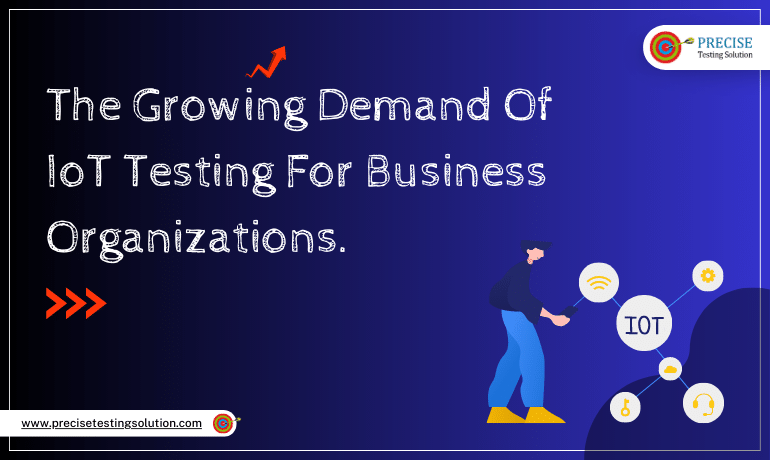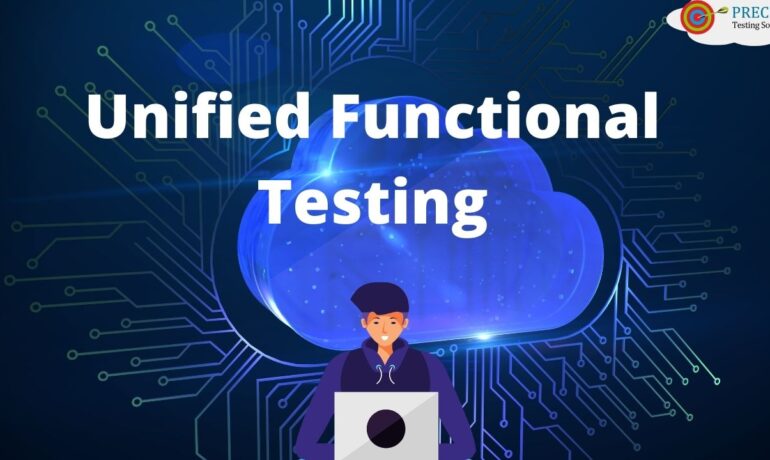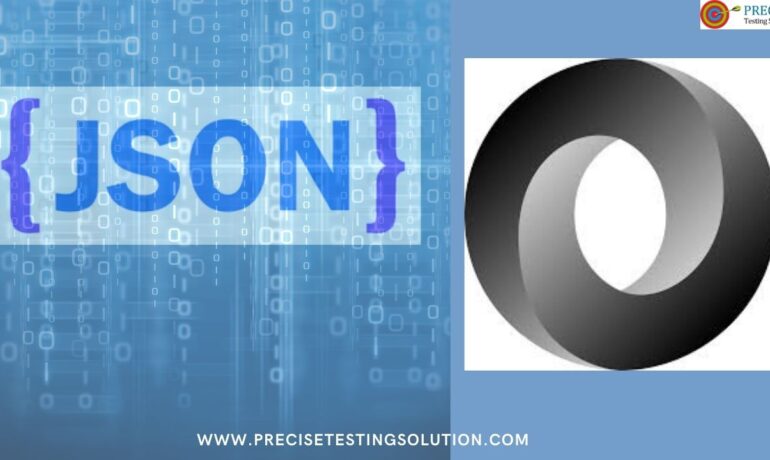Importance of IOT Testing for Businesses
Through this article, we’ll gain a thorough understanding about the need to perform IoT Testing in the context of business organizations. The Internet of Things (IoT) industry is already worth several billion dollars and is expanding quickly.
Nonetheless, the industry incurs significant costs to recall defective goods. Hence all business enterprises must do IoT Testing if they don’t want to experience these financial losses in future. Now let’s first shift our attention to discuss the concept of IoT Testing before talking about various testing strategies and the most popular tools used to perform IoT Testing.
- What is The Concept of IoT Testing?
- What are the different IoT Testing strategies?
- What are the different IoT Testing tools?
What is The Concept of IoT Testing?
IoT Testing involves running a number of tests on any IoT device to make sure it is functioning as per the expectations or not. The primary objective of performing IoT Testing is to identify and address the issues related to any business organization’s IoT infrastructure network, giving businesses the assurance that once it is implemented in the real world, it will perform as per the expectations and business requirements.
IoT Testing Consists of two main parts:
1) Use of Devices: The majority of people view IoT testing in this manner. You run some software, perform certain tests, and connect a gadget to a computer or a mobile device. A virtual machine is being run on your IoT device which is what most people do.
2) Use of Emulators: Emulators are software programs that provide a platform on which you may test your apps. For instance, if you are developing an app for a variety of devices, you may test your app on your laptop using an emulator rather than taking the effort to set up a development environment for each device type. Understanding what sort of hardware, it will support is necessary to perform IoT Testing via emulators.
What are the different IoT Testing strategies?
IoT testing strategies are developed with an emphasis on testing parameters like functionality, performance, regression, integration, compatibility, usability and security.

Now, we’ll go through each of these testing parameters that can be used as a component of IoT testing strategies individually:
1) Functional Testing – Functional testing strategy concentrates on making sure the IoT device carries out its desired functions, such as transferring data to a cloud-based server.
2) Performance Testing – Performance testing strategy concentrates on testing how well an Internet of Things (IoT) device performs its intended activities under circumstances that might not be ideal or practical. A sensor might be tested, for instance, to see how effectively it can spot movement in an office building without setting off false alarms.
3) Regression Testing – Regression testing strategy concentrates on testing the functioning of the software to make sure that it won’t be impacted by changes after it has been deployed on an IoT device.
4) Integration Testing – Integration testing strategy concentrates on testing that each component of an IoT device performs as per the expectations.
5) Compatibility Testing – Compatibility testing strategy concentrates on testing the IoT device’s compatibility across different web and mobile based OS and browsers that have varying hardware and software configurations, thereby testing the compatibility of an IoT device important and necessary.
6) Usability Testing – Usability testing strategy concentrates on testing an IoT device’s usability, intuitiveness, and adaptability with a variety of hardware and operating systems.
7) Security Testing – Security testing strategy concentrates on testing whether the IoT device is capable of defending itself from the threats of cyber attacks that includes evaluating the IoT system’s security components like encryption and access control.
What are the different IoT Testing tools?
Testing IoT applications is a complicated procedure, especially when we have to test the IoT application with multiple devices at once. Finding the defective device or whether the system has other issues becomes more difficult as a result.
When testing the application for an IoT device, we’ll need to employ various strategies and IoT testing tools. IoT is more than just data collection. To provide insights that organizations may use to make decisions, data must also be evaluated and enhanced. Analytics, robotic process automation, and artificial intelligence all play a role in this.
These tools are used by software that has been intelligently built to find hidden trends, enhance company procedures, and assist employees.
For instance, manual testing can be used independently or with assistance from others as needed. Another option is to employ automation tools. There are various possibilities for testing IoT devices, but ultimately, it depends on which one best suits for organization’s business requirements.
The following are of some of the most popularly used tools that are available in the IT market through which business organizations can conduct IoT Testing:
1) IoT Test Harness
- Using this tool makes it simple to develop test cases for your IoT system and gather device data.
- It makes testing various device kinds simple thanks to its many pre-built device templates.
- With the help of this tool, organizations can also create a virtual environment in which real customers can engage with your product.
- With the help of the tool, automated tests may be created and executed on any hardware platform or web browser.
2) IoT Test Runner
- With the assistance of this tool, developers can simply run tests across a number of devices at once and track their progress.
- In order to make changes between tests without affecting those that are now running, it also allows business organizations to pause or resume tests.
3) IoTIFY
With IoTIFY, businesses can simulate real consumers interacting with your product by simulating conditions like location, mobility, and more, depending on which model is being tested.
The Conclusion
Hence from the above discussion, we can conclude this article by saying IoT Testing is all about using sensors, devices, gateways, and platforms to improve business processes and solutions. Manufacturers may create more effective processes and make wiser judgements by centralizing all of their data.
As a result, they are better able to satisfy the growing demand for high-quality, personalized products at lower prices and with quicker turnaround times.
For more information, Visit Our Website at www.precisetestingsolution.com
or call our office @ 0120-3683602
or you can send us an email at [email protected]
How to Get Started with UFT Testing
How UFT Works Micro Focus created the robust and
How to Use JSON for Data Interchange
What is JSON JSON (JavaScript Object Notation) is a


